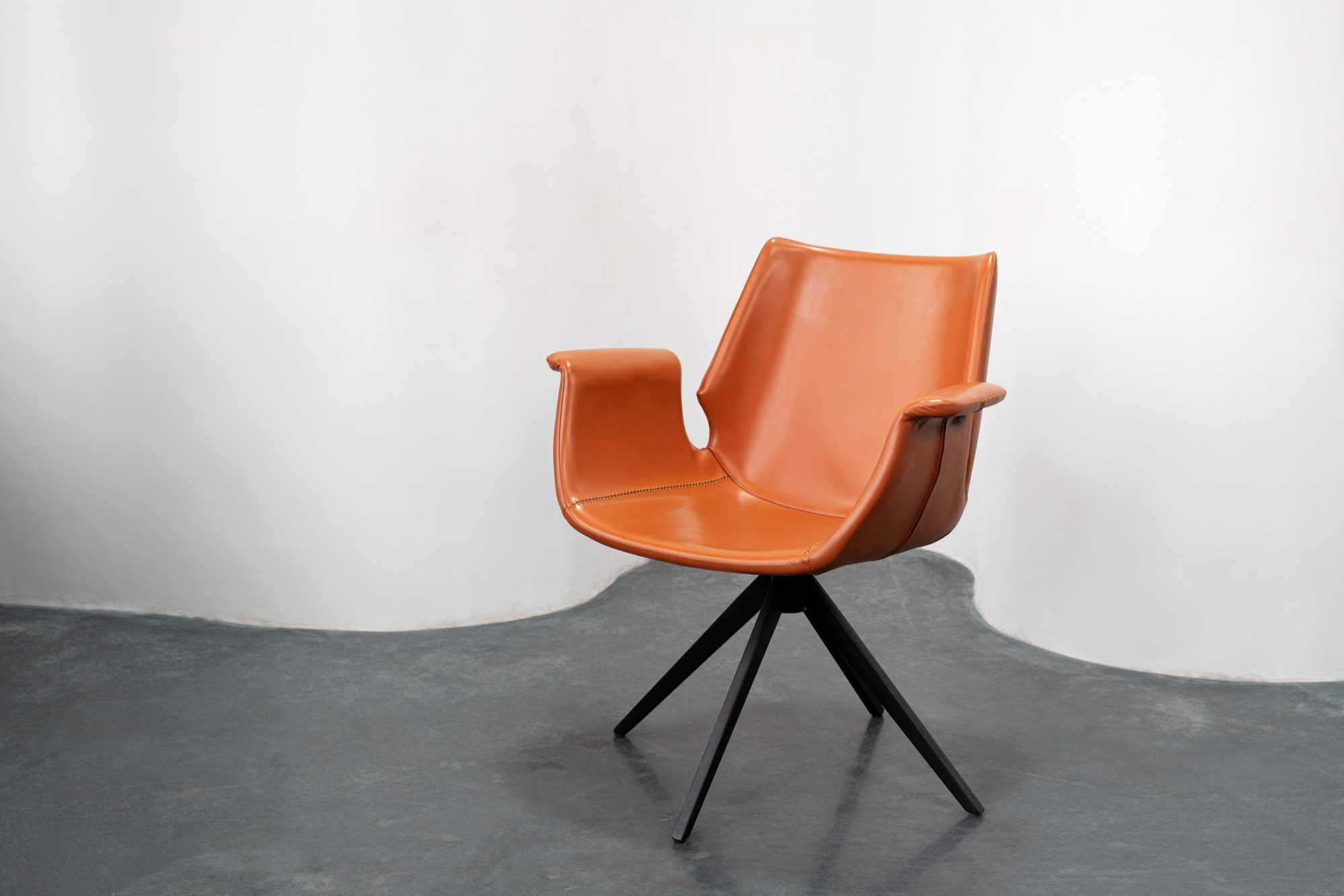From Simple Seating to Ergonomic Office Chairs
Chairs have evolved significantly throughout history, transforming from rudimentary seats to sophisticated pieces of ergonomic furniture designed for comfort and productivity. Among the various types of chairs, office chairs stand out for their specialized design aimed at enhancing the work experience. Let’s delve into the evolution, types, and importance of chairs, with a focus on office chairs.
Evolution of Chairs
Chairs have a rich history dating back to ancient times when they were reserved for royalty and dignitaries. In early civilizations, chairs were often ornate and symbolic of status and power. Over time, chairs became more accessible, evolving into simpler forms used by common people for everyday seating.
The industrial revolution marked a significant shift in chair manufacturing, as mass production techniques allowed for chairs to be produced on a larger scale. This period saw the emergence of various chair designs catering to different needs and preferences. From wooden dining chairs to upholstered armchairs, the diversity in chair styles expanded dramatically.
Importance of Chairs
Chairs play a crucial role in daily life, providing comfort and support during various activities such as dining, working, and relaxing. A well-designed chair not only enhances comfort but also promotes good posture, which is essential for overall health and well-being.
In the context of office chairs, their importance cannot be overstated. With more people spending prolonged hours at desks, the ergonomic features of office chairs have become paramount. Ergonomic chairs are designed to support the natural curve of the spine, reduce strain on the back and shoulders, and promote better blood circulation. These features not only enhance comfort but also contribute to increased productivity and reduced risk of musculoskeletal disorders.
Types of Chairs
- Dining Chairs: Used primarily for dining tables, these chairs vary in design from traditional wooden chairs to modern upholstered models.
- Armchairs: Known for their comfort and support, armchairs are often used in living rooms or as accent pieces in bedrooms.
- Recliners: Designed for relaxation, recliners offer adjustable positions for optimal comfort while reading, watching TV, or resting.
- Office Chairs: Specifically engineered for desk work, office chairs come with adjustable features such as seat height, lumbar support, and armrests to ensure ergonomic alignment.
Ergonomic Office Chairs
Office chairs have evolved significantly to meet the demands of modern work environments. Ergonomic office chairs prioritize comfort and support, incorporating features such as:
- Adjustable Height: Allows users to customize the seat height to maintain proper alignment with the desk and monitor.
- Lumbar Support: Supports the lower back to reduce strain and promote good posture.
- Armrests: Adjustable armrests help alleviate shoulder and neck tension by supporting the arms in a natural position.
- Swivel Base: Enables easy movement and access to various areas of the workstation without straining.
- Breathable Materials: Upholstery that allows for air circulation to prevent overheating during extended sitting.
Conclusion
In conclusion, chairs have evolved from simple seating solutions to specialized pieces of furniture designed for specific purposes such as dining, relaxation, and office work. Among these, office chairs stand out for their ergonomic design, which prioritizes comfort, support, and productivity. As our understanding of ergonomics continues to evolve, so too will the design and functionality of chairs, ensuring that they remain essential tools in our daily lives.
Whether at home, in a restaurant, or in the office, choosing the right chair contributes not only to physical comfort but also to overall well-being and efficiency. Understanding the evolution and importance of chairs helps us appreciate their significance in shaping our daily experiences and environments.
You can get best affordable chairs at Chairliving.

